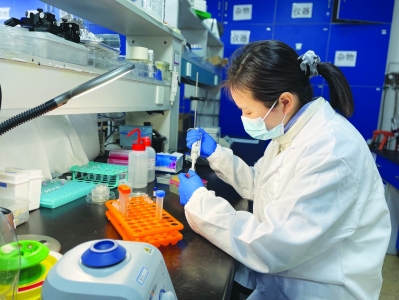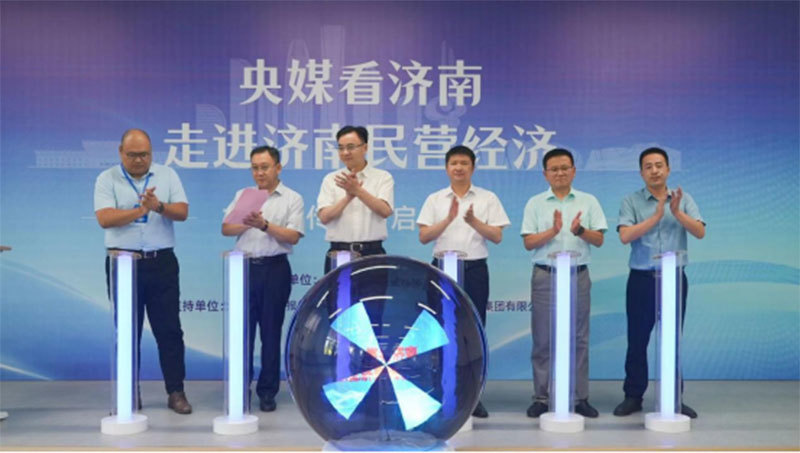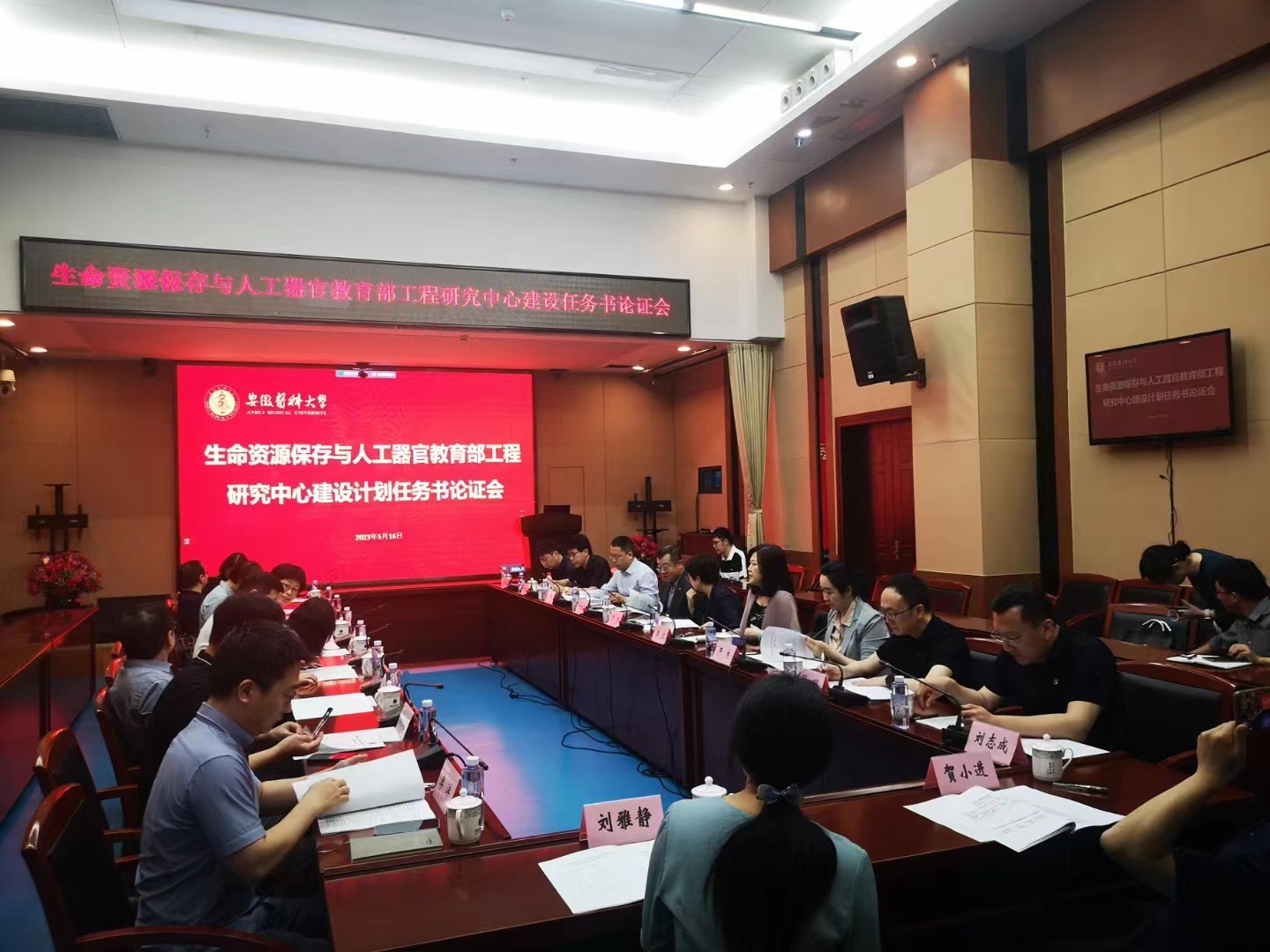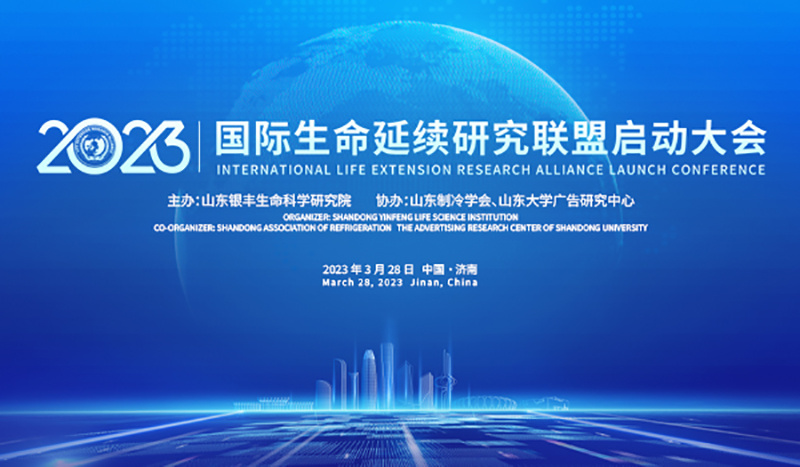The real-life version of "Avatar" is here! Scientists create human organs with chips
Release time:
2023-08-25
In medical research laboratories, we often see small animals such as mice, rabbits or frogs, which are used as animal models to become experimental, drug-testing or even anatomical objects, and make great sacrifices for human medical research.
However, there is a considerable gap between animal models and human beings, and it is a serious violation of medical ethics to use the human body as the object of pathological research. Under the dilemma, scientists are constantly looking for a new way out. The use of human "organoids" derived from human induced pluripotent stem cells (iPSCs) has been a boon to medical practitioners around the world, with newer and more complex organoids - innovative organ-on-chips (OoCs) - bringing a new dimension to organoid research. Organs-on-chips (OoCs), a newer and more complex organoid technology, have broadened the application space of organoid technology to an extremely broad point.
Cellular "residents" move into "mini buildings".
The movie "Avatar" tells the story of human beings, in order to obtain the resources of the distant planet Pandora, mixing the DNA of human beings with that of the Native Americans (natives of the planet Pandora), and cultivating Avatars that are controlled by the human consciousness, and sending them to the planet Pandora to work as undercover agents. The metaphysical plot in science fiction movies is turned into reality by scientists in the field of biology. In the laboratory of scientists, organ chips are becoming miniature "avatars", turning "substitute" drug testing into reality, and assisting new drug development and precision medicine.

Different from the silicon-based chip used in cell phones, the organ chip is a carbon-based chip that is 'alive'. A transparent chip the size of a U-disk, "flowing" film, catheters, miniature version of the human body organs in the square inches between the growth, called people called the magic.
This is the researchers through microfluidics, microprocessing, stem cells, materials and bio-tissue engineering and other technical disciplines of cross-fertilization, to build the miracle of in vitro miniature human organ model, and the core of the whole process is the use of computer microchips to build and simulate the micro-environment of the human body tissues.
With the help of cell culture, 3D printing, microfluidics and other technologies, cover the simulation of the human body environment of the "mini building", supplemented with oxygen, carbon dioxide, media and other microenvironments, and then implanted with different cellular "residents", simulating the beating heart, breathing lungs, flowing The blood vessels of the ......
At present, Chinese scientists have successfully constructed a variety of organ chips such as tumor, skin, heart, blood vessels, etc. Researchers from Japan, Germany, and the United States have constructed liver buds, miniature kidneys, and miniature brains, which have gained wide international attention in this field.
Chip alternative to animals, providing perfect subjects for new drug development
In the field of new drug research and development, there is a famous "double ten law", which refers to an innovative drug from research and development to the market, the average cost of more than one billion dollars, the research and development cycle is more than ten years. The traditional drug R&D model is not only time-consuming and labor-intensive, but also has a very high failure rate, which is compared to the industry image of new drug R&D as "gambling".
The emergence of organ chips has brought a breakthrough for new drug development. Drug R & D usually do animal experiments, although monkeys and human similarity is close to 90%, about 70% -80% of mice, but the differences between different populations, resulting in when the experiment advances to the human clinical stage, will find that the animal model validation of the contents of the human body does not fully work.
The accuracy and controllability of this simulation is significantly better than animal experiments, it eliminates the species differences between humans and animals, can be as accurate as possible and thorough assessment of the metabolites of different drugs, the toxicity of the human body, helping to greatly improve the efficiency of the experiment.
Mini "Avatar", creating "human body double".
In addition to new drug research and development, organ chips create a realistic version of the Avatar "human body double", but also for tumor patients to provide accurate treatment options.
The survival period of tumor patients is relatively short, even though there are many drugs available in the treatment guidelines, the final medication can only be based on the doctor's experience, and often after the drug is ineffective, the patient's physical condition may not have a new opportunity to use the drug. However, organ chips have the characteristics of human origin, high throughput and low cost. For tumor patients, it can cultivate a homologous pathology model with the patient in 2-3 weeks in vitro, and complete the experiments of dozens of drugs and 7 concentrations at one time, so that it can provide precise treatment plan reference for the doctors for specific patients.
Looking to the future, organ chips will gradually replace animal experiments, and human health status can even be previewed in the "Avatar" substitute, thus obtaining health warnings and facilitating doctors to formulate personalized treatment plans.
With the success of various new types of organ culture, the medical community will also look to the liver and gallbladder outside the tissue organs, brain, skin, pancreatic islets and other difficult to find transplantation sources of organs, the research in the field of biomedicine and regenerative medicine has broad prospects for application, but there is still some way to go before large-scale clinical applications.
Latest developments
On August 23, the Jinan Private Economic Development Bureau and China Economic Weekly jointly launched the theme publicity activity of "Central Media Look at Jinan - Entering Jinan's Private Economy" in Yinfeng Biotechnology Park.
Led by Anhui Medical University and participated by Yinfeng Cryogenic Medical Technology Co., Ltd., the "Engineering Research Center for Life Resources Conservation and Artificial Organs of the Ministry of Education" was officially accepted and awarded by the Ministry of Education. As one of the four major platforms for the transformation of the center's project, Yinfeng Cryogenic Co., Ltd. is responsible for the "development, promotion and application of cryogenic preservation technology of biological matrix materials".
On March 28, 2023, the kick-off meeting of the International Alliance for Life Extension Research was held in Jinan, Shandong. The "International Alliance for Life Extension Research" was initiated by Shandong Yinfeng Life Science Research Institute, and jointly established by 13 international scientific research institutions engaged in the field of cryogenic biomedicine from North America, Europe, Oceania, etc., and appeared at the conference through online and offline forms.









